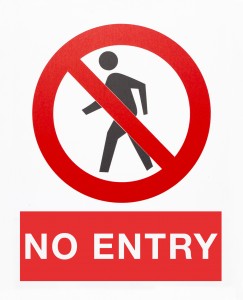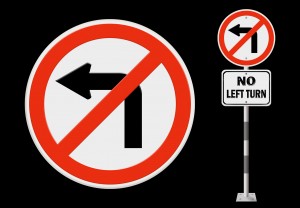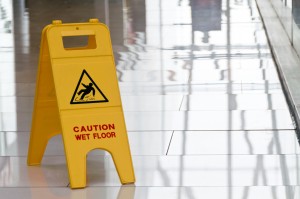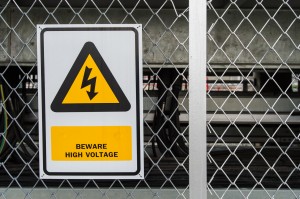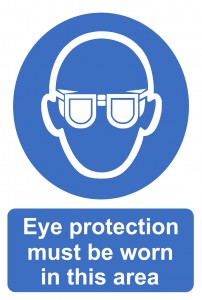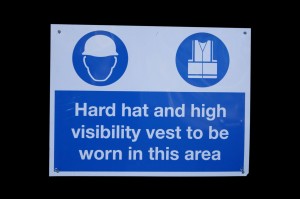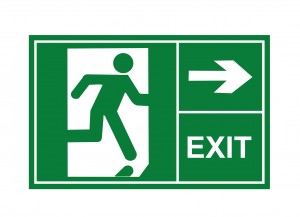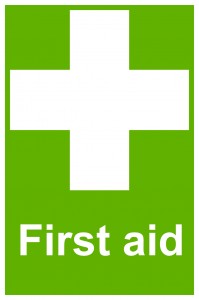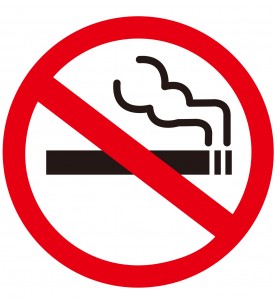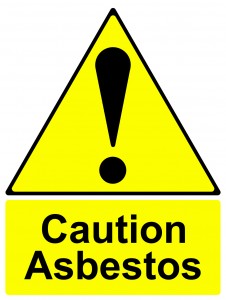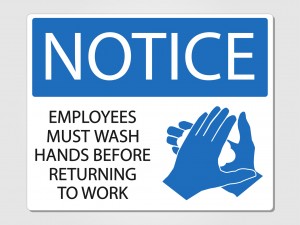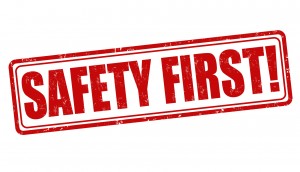 We all know how important safety in the workplace is. In order to keep employees and visitors safe you need to make them aware of any dangers that may exist and how to handle emergency situations if they should arise. Employers have legal responsibilities to make these hazards known and visible to reduce the chance of an accident occurring. Safety and health signs are vital communication tools and need to be designed properly for viewers to understand.
We all know how important safety in the workplace is. In order to keep employees and visitors safe you need to make them aware of any dangers that may exist and how to handle emergency situations if they should arise. Employers have legal responsibilities to make these hazards known and visible to reduce the chance of an accident occurring. Safety and health signs are vital communication tools and need to be designed properly for viewers to understand.
A safety sign is simply more than a piece of paper with the word “DANGER” or “WATCH OUT” written on it. Colors, text, and shapes all take part in effectively communicating the danger, the message, and what is required to prevent an accident from occurring. Below are a few reasons why we use safety signs in the workplace.
- Draw attention to hazards, both health and safety
- Specify where certain actions are prohibited
- Remind employees where protective equipment must be worn
- Provide general information and instructions
- Point out hazards that may not be obvious
- Show where emergency equipment is located
- Demonstrate how to handle an emergency situation
Now let’s take a look at the various elements of safety signs and what message each conveys.
COLORS
- Red – The meaning of a red signs is to prohibit an action or alarm danger. Red signs instruct stopping, shutdown, emergency shutoff, or “do not” actions. Red signs also identify and locate fire-fighting equipment.
- Yellow– The purpose of a yellow sign is to warn. Yellow signs communicate that precautions need to be taken, you need to be careful and that you should examine before proceeding.
- Blue – The purpose of a blue sign is to notify that an action is mandatory. Blue signs instruct you to take a specific action like wearing protective gear before you can continue.
- Green – The purpose of a green sign is to identify first aid or emergency escapes. Green signs communicate exits and escape routes. There are non-danger signs.
SHAPES
- Circle – A circle sign, or a circle symbol within a sign, indicates that an order is in force. These are considered both Regulatory and Mandatory signs. Regulatory forbids an action while mandatory signs require an action. Typically the colors of circle symbol or shape signs are red and black on white or white on black.
- Triangle – A triangle sign, or a triangle symbol within a sign, indicates caution or danger. These are considered Warning signs with the purpose to indicate a potential hazard (caution) or a definite hazard (danger). The colors of triangle signs are either black on yellow or white on red.
- Square – A square shape sign indicates general information and emergency information. General information indicates permission or public information. Emergency signs indicate first aid, health, fire protection, and emergency equipment. The colors found on information signs are white on green or white on blue.
Safety signs are vital communication tools that reduce accidents in the workplace. In order to get the most out of health and safety signs, make sure that you choose the right colors and symbols to identify the level of danger and convey important information that can be lifesaving. Periodically review the meaning of safety signs and colors with employees to ensure all signs are understood. When you need new safety signs for your workplace, just give Avalon a call!
If you liked this blog you might also be interested in reading: What’s Your Sign?
Download our free case study for an example of Avalon’s comprehensive accident reconstruction services.




